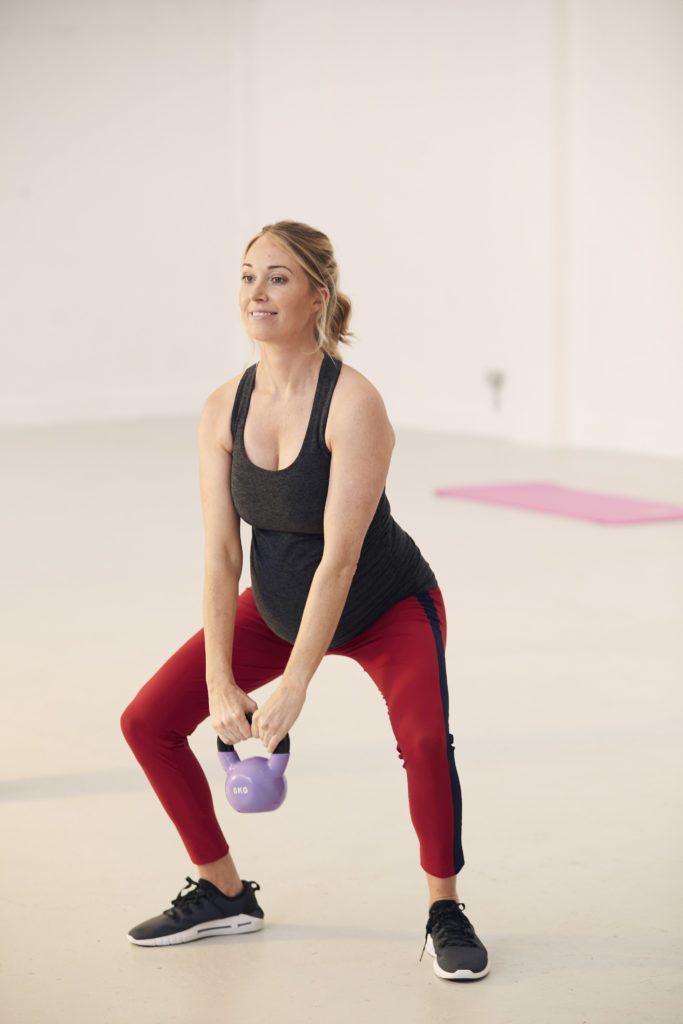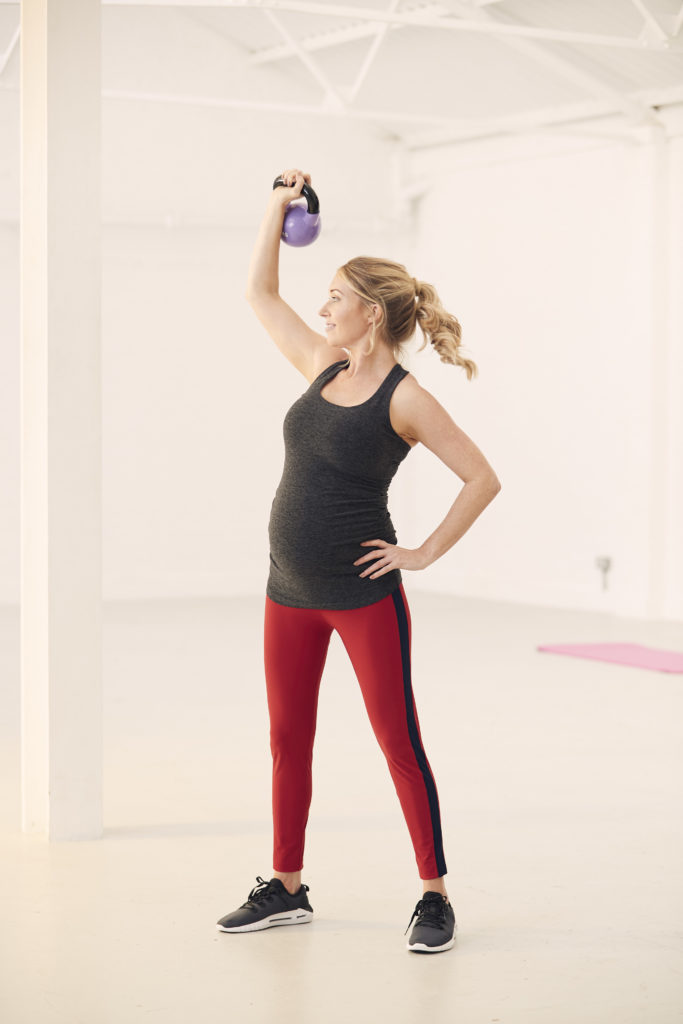A GUIDE TO EXERCISING WHILST PREGNANT
June 10, 2019
THE WARNING & MY STORY
Firstly, I must say that whilst this is a guide to exercising whilst pregnant you must get the all clear from your GP or doctor to exercise. I was considered high risk in my first trimester so I followed the doctor’s advice to stop training. I didn’t stop moving – I simply replaced long runs with long walks and weight training with stretching and mobility.
Mentally for me, this was really hard as exercise pre-pregnancy was such a regular part of my life. I physically felt fine and strong so the urge to train was huge but I knew that for those 12 weeks my body had a far more important job to do, than to work on my “summer body” (eye roll)… I laugh at this now as that would have been my thought in January pre-pregnancy – however, as I have moved week by week through this pregnancy, my attitude and respect towards my body has grown and evolved.
WHERE TO START WITH EXERCISING WHILST PREGNANT
Let’s be real, if you exercised pre-pregnancy then you may be struggling to know how to safely adapt your workouts. If you have never really trained before then the last thing you may be thinking about is exercising now and I’ll be honest, pregnancy is not the time to start an intensive workout programme. However, movement is key for optimum health and regardless of where you’re at, this guide to exercising whilst pregnant safely, I believe will help you. The aim is not to reinvent the wheel – but to work within your limits to strengthen and prepare your body for labour and life postpartum.
LET’S MOVE
I have a full-time desk job so getting movement into my day can be hard. Aim to increase your steps throughout the day – some little tricks if you too have a desk job. Don’t fill up a big bottle of water at the start of the day – instead have a small glass that you regularly fill. Us preggo ladies need an extra 1-1.5 litres a day (aim for 3 in total). Take a walk at lunch – it’s easy to get in to the habit of eating at your desk and inevitably working throughout lunch. But everyone is entitled to a break. Stand up at your desk regularly, take calls standing up, you can pace around the office on your mobile – it all helps.
Walking is great for pregnancy. It is a low impact cardiovascular workout. It may help you to have an easier, shorter labour, and can help prevent excess weight gain. I have added an incline walk on the treadmill to all my workouts. Start off flat and then slowly increase it to your fitness level. Aim for 20 mins 2-3 times a week. Or take it outside with the family for a nice long walk – bonus point for all the fresh air.
STRENGTHENING YOUR BODY FOR BIRTH & BEYOND
Pregnancy puts a huge strain on your body, after all you are growing a human (a fact that still blows my mind!!). I cannot recommend reformer or pre-natal Pilates enough. I have never been interested in yoga before pregnancy – however, Pilates focuses on strengthening and lengthening the muscles needed for the duration of the pregnancy, as well as postpartum. Some benefits include developing breathing techniques to help with labour, transverse abdominal work to help support the muscles around your baby as he/she grows, which in turn alleviates back pain. Pelvic floor strengthening – (those muscles that stop you peeing yourself when you sneeze)!
It also works on strengthening your bum, hips and back to help with the aches and pains during pregnancy as you adapt to the extra weight and pressure. Making your body stronger for labour.
THE GYM FLOOR
You can still weight train. There are many moves I love doing. Big compound full-body movements like squats and deadlifts are great for strength. You are not lifting for muscle gain so the weights should be low and rep range higher. You use squats and deadlifts in everyday life and when the baby arrives you will be picking them up, carrying them and putting them down constantly, so why not start now and get stronger.
Arms – tricep dips, bicep curl, lateral (side) raises, kneeling push ups on the floor, box or wall (depending on size of bump). Overhead extension with a dumbbell, kettle bells swings, upright rows, dumbbell single arm rows, flyes (for chest and back too).
WHAT NOT TO DO
Ladies, we are now exercising for a very different reason. Weight gain is inevitable and you cannot control the size or shape of the bump. But what we can do is prepare ourselves in the best way possible for our baby and body. Ab workouts should stop – after all we won’t be seeing them for a fair few months. Crunches, planks and twisting of the core movements should also stop. This flexion movement can create a separation of the abs (diastasis recti). In its place, whilst walking or doing any of the above exercises, focus on pulling up through your pelvic floor, pulling your baby in towards your belly button which strengthens the muscles surrounding your baby (your core).
LISTEN TO YOUR BODY
This one is the most important… Our bodies are so clever and they will let us know when we are doing too much. Make sure to listen to yours.
Rest when you need to. Don’t exercise if you ever feel dizzy or short of breath. You should only ever work in a comfortable rate of exertion (you should be able to have a conversation whilst exercising without being out of breath).
I’M HERE TO SUPPORT YOU IN EXERCISING WHILST PREGNANT – WE’RE IN THIS TOGETHER
I will be posting weekly pregnancy workout videos on Instagram and my Youtube channel that are safe for all trimesters. Come join in the ‘exercising whilst pregnant’ conversation over at @iamnicolechapman (tag me in your workouts so that I can cheer you on!) and please comment below or get in touch if you need any help or advice.
If you enjoyed this, you might also to want to read THIS POST.
Thanks for reading. If you found this guide helpful, I would love to know.

